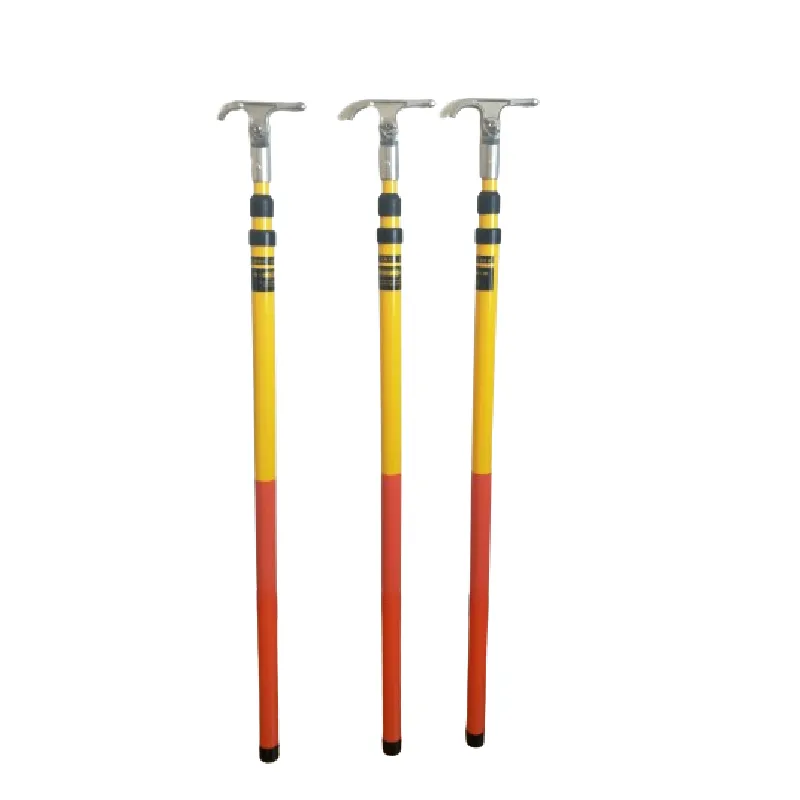
-
 Afrikaans
Afrikaans -
 Albanian
Albanian -
 Amharic
Amharic -
 Arabic
Arabic -
 Armenian
Armenian -
 Azerbaijani
Azerbaijani -
 Basque
Basque -
 Belarusian
Belarusian -
 Bengali
Bengali -
 Bosnian
Bosnian -
 Bulgarian
Bulgarian -
 Catalan
Catalan -
 Cebuano
Cebuano -
 Corsican
Corsican -
 Croatian
Croatian -
 Czech
Czech -
 Danish
Danish -
 Dutch
Dutch -
 English
English -
 Esperanto
Esperanto -
 Estonian
Estonian -
 Finnish
Finnish -
 French
French -
 Frisian
Frisian -
 Galician
Galician -
 Georgian
Georgian -
 German
German -
 Greek
Greek -
 Gujarati
Gujarati -
 Haitian Creole
Haitian Creole -
 hausa
hausa -
 hawaiian
hawaiian -
 Hebrew
Hebrew -
 Hindi
Hindi -
 Miao
Miao -
 Hungarian
Hungarian -
 Icelandic
Icelandic -
 igbo
igbo -
 Indonesian
Indonesian -
 irish
irish -
 Italian
Italian -
 Japanese
Japanese -
 Javanese
Javanese -
 Kannada
Kannada -
 kazakh
kazakh -
 Khmer
Khmer -
 Rwandese
Rwandese -
 Korean
Korean -
 Kurdish
Kurdish -
 Kyrgyz
Kyrgyz -
 Lao
Lao -
 Latin
Latin -
 Latvian
Latvian -
 Lithuanian
Lithuanian -
 Luxembourgish
Luxembourgish -
 Macedonian
Macedonian -
 Malgashi
Malgashi -
 Malay
Malay -
 Malayalam
Malayalam -
 Maltese
Maltese -
 Maori
Maori -
 Marathi
Marathi -
 Mongolian
Mongolian -
 Myanmar
Myanmar -
 Nepali
Nepali -
 Norwegian
Norwegian -
 Norwegian
Norwegian -
 Occitan
Occitan -
 Pashto
Pashto -
 Persian
Persian -
 Polish
Polish -
 Portuguese
Portuguese -
 Punjabi
Punjabi -
 Romanian
Romanian -
 Russian
Russian -
 Samoan
Samoan -
 Scottish Gaelic
Scottish Gaelic -
 Serbian
Serbian -
 Sesotho
Sesotho -
 Shona
Shona -
 Sindhi
Sindhi -
 Sinhala
Sinhala -
 Slovak
Slovak -
 Slovenian
Slovenian -
 Somali
Somali -
 Spanish
Spanish -
 Sundanese
Sundanese -
 Swahili
Swahili -
 Swedish
Swedish -
 Tagalog
Tagalog -
 Tajik
Tajik -
 Tamil
Tamil -
 Tatar
Tatar -
 Telugu
Telugu -
 Thai
Thai -
 Turkish
Turkish -
 Turkmen
Turkmen -
 Ukrainian
Ukrainian -
 Urdu
Urdu -
 Uighur
Uighur -
 Uzbek
Uzbek -
 Vietnamese
Vietnamese -
 Welsh
Welsh -
 Bantu
Bantu -
 Yiddish
Yiddish -
 Yoruba
Yoruba -
 Zulu
Zulu


Jan . 01, 2025 10:41 Back to list
Effective Solutions for Securing Pipes with Durable Wire Clamps in Various Applications
The Importance of Pipe Wire Clamps in Modern Applications
In the vast realm of industrial manufacturing and construction, the seemingly simple components we often overlook can have a significant impact on operational efficiency and safety. One such component is the pipe wire clamp. While its name may sound straightforward, the utility and importance of this device are multifaceted and essential to a variety of applications.
What is a Pipe Wire Clamp?
A pipe wire clamp is a fastening device specifically designed to secure pipes, wires, and cables in place. These clamps come in various materials, including stainless steel, plastic, and rubber, catering to the diverse needs of different environments. The primary function of a pipe wire clamp is to hold pipes or wires firmly, preventing movement that can lead to damage or safety hazards.
Applications Across Industries
The applications of pipe wire clamps are broad and varied. In plumbing, these clamps help secure pipes to walls and ceilings, ensuring that they remain stable and leak-free. In construction, they provide support for piping systems that are critical to the building's infrastructure, such as HVAC systems and water supply lines.
Moreover, the automotive industry heavily relies on these clamps to secure wiring harnesses and exhaust pipes, ensuring functionality and safety in vehicles. In electrical installations, wire clamps maintain organization, preventing tangling and potential electrical hazards. They are also widely used in the marine industry to secure wires and cables against vibrations caused by engine operation and water movement.
pipe wire clamp

Design Considerations
When selecting a pipe wire clamp, several factors come into play. The size of the pipe or wire is crucial since a proper fit ensures effective holding without causing damage. The chosen material matters as well; for example, stainless steel clamps are favored for their strength and resistance to corrosion, making them ideal for outdoor or marine applications, while plastic clamps might be more appropriate for lightweight indoor installations.
Additionally, consider the environment in which the clamp will be used. Extreme temperatures, exposure to chemicals, and potential mechanical stress require careful selection to avoid failure. A high-quality clamp is engineered to withstand such conditions, thereby prolonging its lifespan and ensuring safety.
Maintenance and Inspection
Regular inspection and maintenance of pipe wire clamps are vital to ensure their longevity and functionality. During routine checks, one should look for signs of wear, such as rust or cracks, and replace any damaged clamps promptly. Additionally, ensuring that clamps are tight and properly positioned can prevent unnecessary movement and potential failures.
Conclusion
In summary, while pipe wire clamps may seem like minor components in the grand scheme of production and construction, their role is undeniably significant. They provide stability, ensure safety, and enhance the efficiency of systems across various industries. Understanding their importance, proper application, and the need for regular maintenance can lead to improved functionality and safety in numerous applications. As industries continue to evolve, the innovation surrounding pipe wire clamps will likely advance, further enhancing their effectiveness and versatility. Investing in the right clamps and maintaining them well can go a long way in ensuring the integrity of the systems they support.
Latest news
What Are Construction Tools and How Are They Used?
NewsJul.11,2025
Professional-Grade Duct Rodding Tools for Superior Cable Installation
NewsJul.11,2025
Enhancing Safety and Efficiency with Modern Hot Stick Solutions
NewsJul.11,2025
Empowering Cable Installation with Advanced Rodder Solutions
NewsJul.11,2025
Elevate Your Cable Installation Projects with Cable Pulling Tools
NewsJul.11,2025
Efficient Cable Handling Solutions: Cable Rollers for Sale
NewsJul.11,2025











